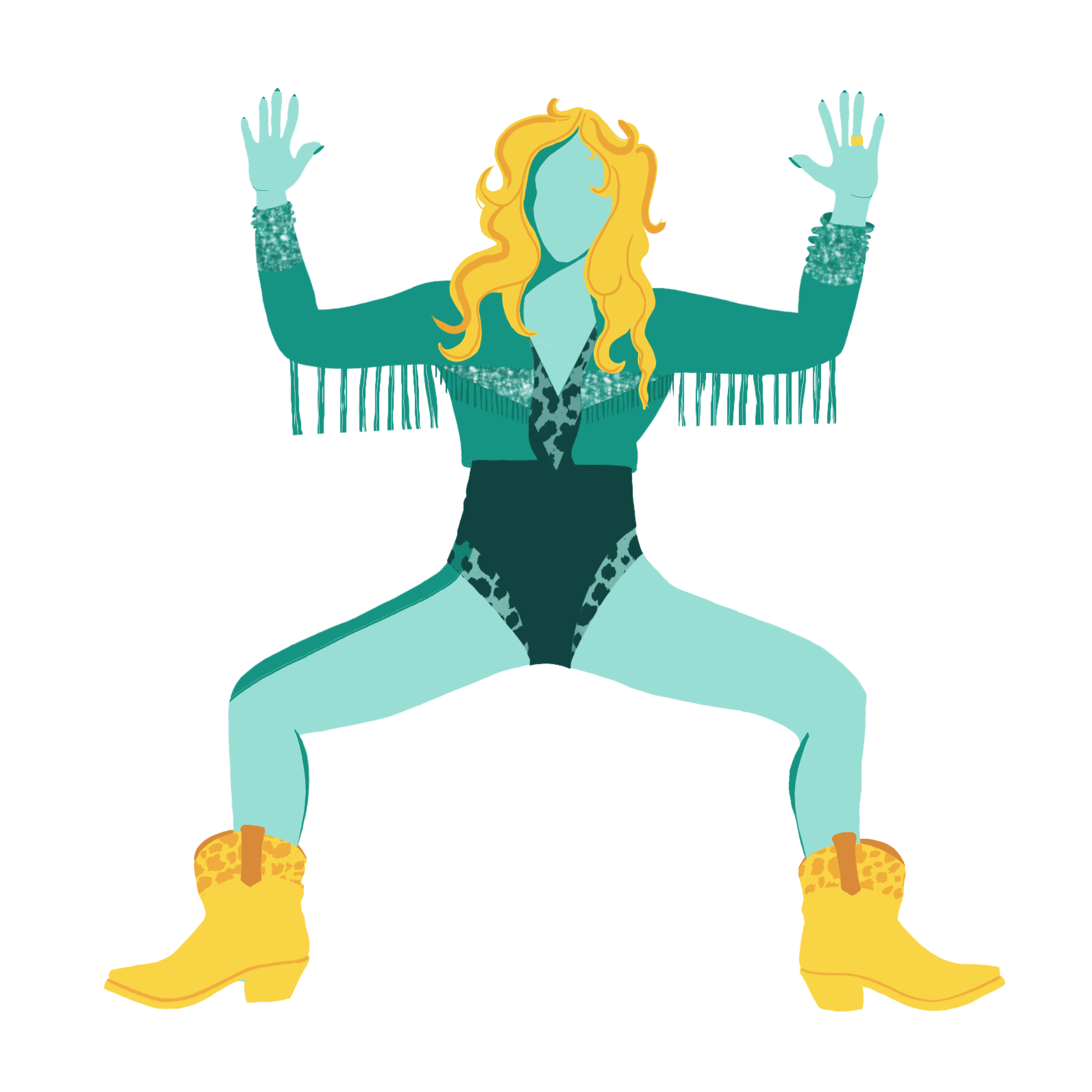Yoga Glossary
The right Words to Learn
Dreams are born in the dust of words.

All the words…
Do you sometimes have trouble understanding certain terms when you practice yoga? Don’t worry, it’s completely normal to feel a little lost at first. But don’t worry, I’m here to help you. Here is a short glossary, classified in alphabetical order, which will allow you to better familiarize yourself with the vocabulary used in the world of yoga. Do not hesitate to contact me if you need more information or if you wish to explore certain subjects in more depth. I will be happy to help you and share more knowledge with you!
- Asana
- Bandha
- Chakra
- Dandasana
- Balance
- Fluctuations
- Ganesh
- Hatha
- Inversion
- Janu
- Karma
- Lotus
- Mala
- Namaste
- OM (Aum)
- Pashima
- Qigong
- Raja
- Samadhi
- Tadasana
- Utkatasana
- Veda
- W
- X
- Yoga
- Zen
Asana – Asanas are physical postures in the practice of yoga. They vary in complexity and goals, from simple, relaxing positions to challenging postures for strength and flexibility. Asanas aim to improve physical, mental and spiritual health by strengthening the body, increasing flexibility, promoting relaxation and balancing energy.
Ashtanga – Ashtanga Yoga is a physical and dynamic yoga practice, where the postures follow one another in a fluid manner. Developed by Shrî K.Pattabhi Jois, who has greatly contributed to the expansion of yoga in general in the world. It is an active meditation that helps to work on the synchronization between breathing and body movements.
Ayurveda –
Bandha – In yoga, the term “Bandha” refers to a series of specific muscular or energy locks that are used to direct and control the flow of energy in the body during yoga practice. The three main bandhas are:
1. Mula Bandha: This is the locking of the pelvic region, particularly the pelvic floor. This involves the contraction of the muscles around the perineum.
2. Uddiyana Bandha: This bandha consists of locking the upper abdominal wall. This involves retracting and lifting the abdominal wall towards the spine.
3. Jalandhara Bandha: This lock is done at the throat by tilting the head slightly forward and tucking the chin towards the chest.
Bandhas are used to channel energy (prana) within the body, improve stability, concentration and meditation, and promote breath control (pranayama). They are often used in conjunction with yoga postures (asanas) to deepen the practice and develop better body awareness.
Chakra – Chakra translates to “wheel”. Word in Sanskrit from Hinduism. The chakras designate energy centers linked to one of the seven colors of the rainbow and vibrating to the sound of the seven musical notes. They are located along the spine and form the link between Earth and Sky. They are represented by circles, rotating clockwise and are activated with breathing. In theory, if they are blocked, they can be treated using vibrational therapy. The Root Chakra (Muladhara) – The root chakra is red in color, do Note. Lam Sound. it is located at the level of the pelvis. It symbolizes: birth, fertility, physical survival. The sacral chakra (Swadhistana) – The sacral chakra is orange in color, re Note. Vam Sound. It is located a little below the navel. It symbolizes: the vital force, sexuality, the desire to move forward. The solar plexus chakra (Manipura) – The solar plexus chakra is yellow in color, Mi Note. Ram Sound. It is located at the level of the solar plexus. It is the seat of emotions, particularly fear and anger. It symbolizes self-affirmation, power, ego, negative emotions such as anger, hatred and aggression. The Heart Chakra (Anahata) – The heart chakra is green in color, Fa Note. Yam Sound. It is located at chest level. It symbolizes love of oneself and others, peace, trust, empathy. The Throat Chakra (Vishuda) – The throat chakra is blue in color, Sol Note. Kam Sound. it is located in the hollow of the throat. It symbolizes communication, creativity, expression, judgment and leadership. The 3rd eye chakra (Ajna) – The 3rd eye chakra is indigo in color, La Note. Om Sound. It is located between the two eyebrows. It symbolizes self-knowledge, intuition, inspiration, awakening and meditation. The crown chakra (Sahasrara) – The crown chakra is purple. Si Note. No Sound. It is located on the top of the head. It symbolizes spirituality, wisdom, purity, consciousness of the soul. The best way to open your chakras is to practice breathing exercises, meditation or yoga to circulate the energies in your body.
Chaturanga – “Chaturanga” is a Sanskrit term that refers to a posture frequently used in the vinyasa sequence of yoga. It is often called “Chaturanga Dandasana”, which literally means “Falling Plank Pose”.
Dandasana – Dandasana is known as the stick pose in yoga. Dandasana is a seated pose where you sit on the floor with your legs extended in front of you, feet straight, and hands placed on either side of your hips. The back should be straight, shoulders relaxed and chest open. It is a basic posture that promotes posture, back strength and concentration.
Drishti – Drishti are an important concept in yoga practice. Drishti refer to points of visual fixation or concentration. They serve several purposes like: 1. Improving concentration: By intentionally fixing your gaze on a specific point. This helps you stay in the present moment. 2. Balancing and aligning the body: Drishti are often used to help properly align the body during asana (postures). By directing your gaze toward a certain point, you can adjust your posture to achieve optimal alignment, which reduces the risk of injury and allows for more efficient practice. 3. Develop body awareness: Drishti helps you develop a deep awareness of your body. By focusing your gaze on different parts of your body, you can better feel sensations and tensions, which promotes understanding of yourself and your practice. 4. Balancing energy: Some types of yoga suggest that drishti can help balance energy in the body by directing your attention to specific points, which can have effects on the energy system. Overall, drishti are an essential tool for deepening your yoga practice by improving focus, alignment, and body awareness. They help create a more enriching and meditative experience when practicing yoga. Here are the main Drishti: The Nasagra Drishti or look at the tip of his nose; the Bhrumadhye Drishti or look towards his third eye, with his eyes closed; L’Urdhva Drishti or look towards the sky; L’Angusthamadhye Drishti or look through his thumbs; the Nabhi chakra Drishti or look at your navel; the Padayoragre Drishti or look at your big toe; the Hastagre Drishti or look at the tip of the middle finger; theParsva Drishti or look infinitely to the right or left; the Andho Mukha Drishti or look towards the ground.
Balance – Inner balance is essential to face life’s obstacles. To achieve this, it is important to know yourself, identify your fears and accept them in order to better transform them. Accepting your flaws and contradictions is the first step to understanding yourself better without judging yourself. Then focus on your skills and passions to feel more confident. This will allow you to explore new ideas and new perspectives to help you better understand who you are. It is also important to take care of yourself, eat healthily and exercise regularly to maintain a healthy body and mind.
Ekam –
Ganesh –
Hatha –
Janu –
Karma –
Lotus –
Namaste –
Om –
Qigong –
Raja –
Samadhi –
Samskara –
Sutra – “Sūtras” are short verses or aphorisms that are used to convey teachings, primarily in the philosophical and spiritual traditions of India. One of the most famous texts that uses sutras is the “Yoga Sūtra of Patañjali,” which is a foundational work in yoga philosophy. The sutras are characterized by their conciseness, density, and ability to encapsulate complex philosophical concepts in a few words. They are often written in Sanskrit, an ancient Indian language. Sutras often require further interpretation or explanation to be fully understood. The “Yoga Sūtra of Patañjali” is composed of 196 sūtras and offers a guide to the practice of yoga, including the physical, mental and spiritual aspects. Each of these sutras covers a specific aspect of yoga philosophy or practice, from meditation to self-control. In summary, sūtras are short, concise teachings, typically used in philosophical and spiritual contexts to convey deep and complex concepts in a memorable and accessible way.
Tadasana –
Veda –
W –
X –
Yoga –
Zen –
